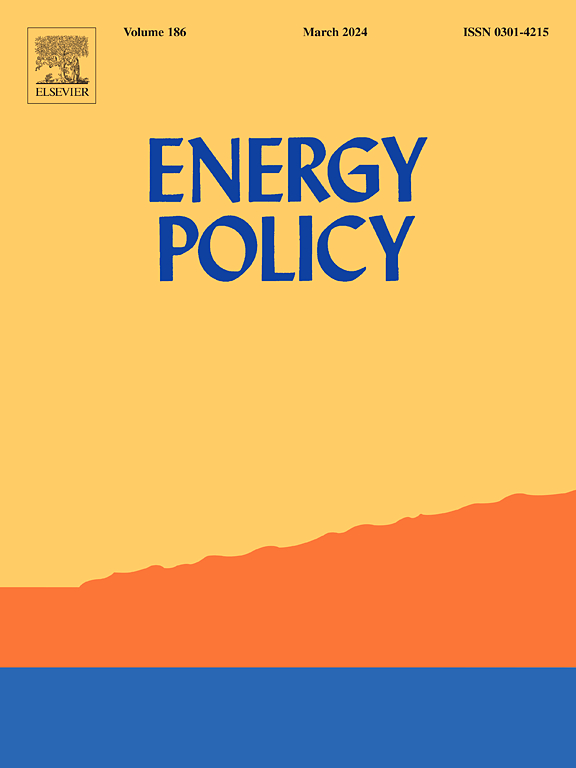The impact of by-product production on the availability of critical metals for the transition to renewable energy
IF 9.3
2区 经济学
Q1 ECONOMICS
引用次数: 0
Abstract
The availability of critical metals for the transition to renewable energy is of growing importance as the scale of the materials needed becomes apparent. There is a concern some production could be constrained as by-products of other metals. This paper provides a conceptional model about the behavior of by-product metals. From this model, scenarios are developed about the types of price-production interaction patterns between by-product and main product metals that might be observed given different situations of by-product metal availability. The paper's aim is to determine if there is evidence of by-product metal production being constrained by the output of the main product metal as the transition to renewable energy continues to grow. For the rare earth metals, the four metals used for renewable energy are shown to move together significantly in price (0.672–0.956) and not to move significantly with the other rare earths prices (0.028–0.351). These results suggest the possibility of a mismatch between overall joint rare earth production and the availability of the separated individual metals. For the base metals, significant statistical correlations (0.787–0.962) between by-product metal and main product metal production with weaker significance for prices (0.093–0.750) was found. These results indicate a possible pattern of production constraint for critical by-product metals as their demand grows. Policy recommendations in the case of constrained by-product metal production are to enhance recycling programs to increase the metals' supply, find new sources for the metals, and develop technology that reduces the metals' need.

求助全文
约1分钟内获得全文
求助全文
来源期刊

Energy Policy
管理科学-环境科学
CiteScore
17.30
自引率
5.60%
发文量
540
审稿时长
7.9 months
期刊介绍:
Energy policy is the manner in which a given entity (often governmental) has decided to address issues of energy development including energy conversion, distribution and use as well as reduction of greenhouse gas emissions in order to contribute to climate change mitigation. The attributes of energy policy may include legislation, international treaties, incentives to investment, guidelines for energy conservation, taxation and other public policy techniques.
Energy policy is closely related to climate change policy because totalled worldwide the energy sector emits more greenhouse gas than other sectors.
 求助内容:
求助内容: 应助结果提醒方式:
应助结果提醒方式:


